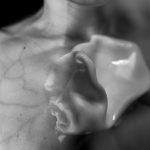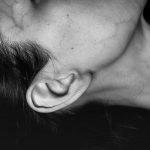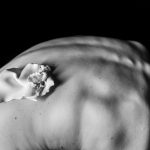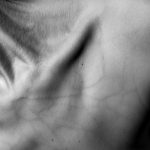BOLD (blood oxygen level dependent)
Authors : Elena Shaimanova and Marfa March
About the method of materialization of physicality through the restructuring of attention – which image can direct to a previously unrepresented sensation in consciousness … to the discovery of new levels of the body, the revision of the self-evidence of physicality.
Mikhail Lebedev, professor of the Center for Neurobiology and Neurorehabilitation at Skoltech, suggested using fNIRS analysis of slow metabolic oscillations instead of rapidly changing EEG patterns.
We have divided the project into several parts. Now the first part is presented at the exhibition at Skoltech.
Marfa Mart:
Special conditions and shooting mode were chosen to create this series of photos. We wanted to capture a vein pattern that is invisible in normal light. Therefore, the shooting was carried out in a dark room with red lighting. Red light is absorbed by hemoglobin (blood), so the amount of light reflection from the veins decreases, but the red light is also completely reflected by the surrounding tissues. Darkness and red light give contrast to the picture; when translated into black and white format, veins appear on the arms, neck, chest. To emphasize the concept of the series, a technique was chosen in photography – multiexposition, which consists in the fact that the same frame of the photographic material is exposed several times. In our case, a digital multi-exposure was used.
In the audio guide to the exhibition, Alexey Gorin, a researcher at Skoltech, says about the work, in particular, that the brain eats a lot of blood.



